Does Running Build Muscle?
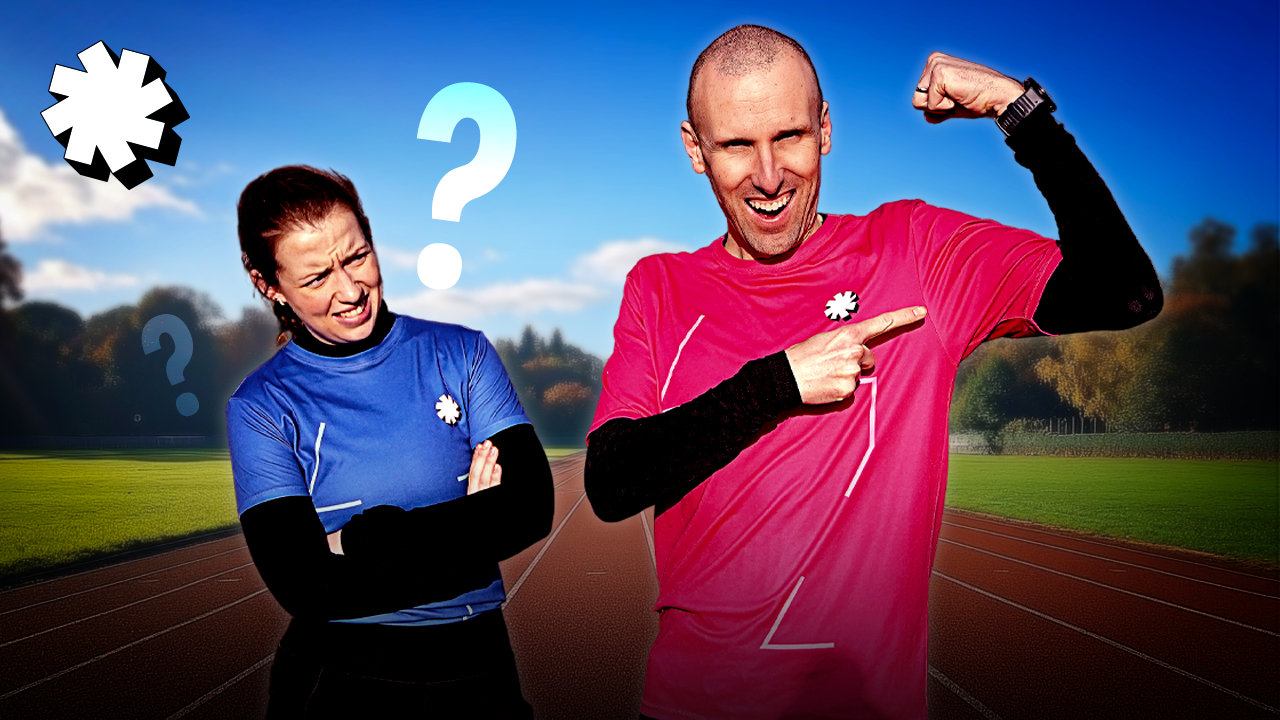
Running can improve your fitness, and we can define that fitness as strength; the more you run, the stronger you become as a runner. Most people think of strength in relation to a muscular physique. So does running make you muscular? Is running a good way to build muscle?
Here’s what you need to know about running and building muscles.
MUSCLES, RUNNING AND DEFINING STRENGTH
When we talk about strength we think of it in two ways: first in the sense that someone has the physical strength to move and lift weight, and second in the sense that cardio fitness is also strength, and it takes aerobic strength and endurance to run long distances. A lean marathoner is very strong, but it’s a different kind of strength to a powerlifter.
- Being strong doesn’t necessarily mean we have a large mass of muscle, and we can have a lot of lean muscle strength – just look at the world’s best marathon runners who have incredible muscular endurance and strength, but don’t have the bulk of a bodybuilder
- To build bulk muscle requires us to lift heavy weights and then eat many more calories than we burn in a day, which requires a different training approach to runners
- Most recreational runners should aim to build strong muscles and they can do that by running and doing strength training, but doing this won’t necessarily mean you’re lifting weight for hypertrophy, or gaining muscle mass
- Hybrid athletes train for running fitness and also for functional strength, but it’s a difficult balance to get right
HYPERTROPHY, MUSCLE ENDURANCE & EATING TO BUILD MUSCLE
When we exercise, whether running or strength training, our muscles are put under stress. That stress can cause tiny micro tears to muscle fibres, which we feel as soreness in the following days. When those tears repair they grow back stronger, making you stronger. If we eat adequately then those muscles can also grow larger.
Eating quality protein and carbohydrates after exercise will help to repair muscles and replenish the energy we’ve burnt. If we eat more calories than we burn then that can help to increase the amount of muscle mass that you have.
As runners, especially those focused on longer distances, we burn a lot of calories so it’s challenging to eat enough for a caloric surplus that could significantly increase our muscle mass. Instead, the food we eat helps to focus on strengthening our muscles and allowing us to run again the next day.
Training for hypertrophy, or building muscle mass, requires lifting heavy weights and eating a large amount of calories. So if you want to increase muscle mass while also running plenty of miles each week, you’re going to have to eat a lot of protein and carbs. It’s often not practical for a runner to also try to build muscle mass.
Most recreational runners are interested in building general all-round strength, and that means both running and strength training, with a specific focus on training the main running muscles.
UNDERSTANDING THE RUNNING MUSCLES
The main running muscles are the calves, quadriceps, hamstrings, glutes, hip flexors and your core.
Your calf muscles absorb impact, they flex the ankle, and help to produce power and propel you forward. There are two muscles in the calf: the gastrocnemius is the big muscle in the middle of your calf, and the soleus is a smaller muscle beneath the gastrocnemius.
Your quadriceps are a set of four muscles in your thigh, and they spread from your hip to the knee. The quads create a lot of force to move you forward, and they also play a big role in controlling your leg (especially your knee), and your speed when running down hill.
The hamstrings are a set of three muscles in the back of the upper leg. They contract when the foot hits the ground, and that helps to move us forward. They also help to bend the knee and pull our leg backwards in the running stride to generate power.
Your glutes are a set of three muscles around your butt and pelvis. They help to stabilise the whole lower body, and work on sideways movements as well as supporting all the leg movements in your running stride, and have a role in generating power. Weak glutes can impact the rest of the leg muscles which have to compensate.
Your hip flexors are in the front of each hip and connect into the quads. They help to lift and swing the leg forward and to prepare for another foot strike.
Your core muscles help to hold us up straight and maintain good form, which is especially important as we get tired later into runs.
By running regularly we naturally make these muscles stronger and more resilient, and can build lean muscle. Doing short strides, intervals and hill sprints will build explosive anaerobic power into your workouts and could help to create bigger and stronger muscles from running.
But we won’t end up with huge quads from running alone, and bodybuilders aren’t doing hill sprints to bulk up their calves and glutes, because to add significant muscle mass we need to lift heavy weights.
DO RUNNERS NEED TO GO TO THE GYM?
If running is using so many muscles, then do we need to go to the gym?
Yes, you do, or you should at least add a circuit of foundational strength movements that you can do at home, as this will help make you even stronger.
We want to make our running muscles stronger because it makes us more resilient, and can help to lessen the risk of injury, as many running overuse injuries come from a strength imbalance. Having stronger muscles can also help to increase our muscle endurance and power, making us able to run further and faster.
By strength training we can also specifically target each of the key running muscles, even isolating single muscles.
Good strength moves to incorporate include: deadlifts, lunges, squats, step ups, calf raises, leg-down side planks, regular planks and mountain climbers. It’s also a good idea to try single leg variations of some of these exercises. You could do these as bodyweight exercises, but it’s even better if you can do them with weights.
Runners get all their muscular endurance from running so should focus on lifting heavy weights for fewer reps – around five reps per set, not 12-15 reps. This weight training builds more power in the gym to complement our running.
RUNNING WON’T BUILD BIG BICEPS
Your biceps have no significant role in running, and neither do any of the major arm or chest muscles. They are active when you run, but they are not under the kind of tension which could lead to the sort of muscle damage that rebuilds into strong, bulky muscles.
So if you see a runner with strong arms, chest and upper back, then they have gotten those muscles from strength training in the gym. And increasingly we’re seeing this with hybrid athletes.
HYBRID TRAINING & RUNNING
The term ‘hybrid athlete’ has become very popular recently, as has the increasing popularity of Hyrox, which alternates 1k runs with a functional workout station.
The hybrid athlete is one who can run fast and far, and can also move heavy weights, and their physique reflects that: they look strong, with muscle mass, while having great endurance.
Training as a hybrid athlete means following a fairly typical runner’s training plan, and also doing gym workouts with functional movements and strength, and combining that with great attention to nutrition.

Here’s Andy and Sarah talking all about running and muscles



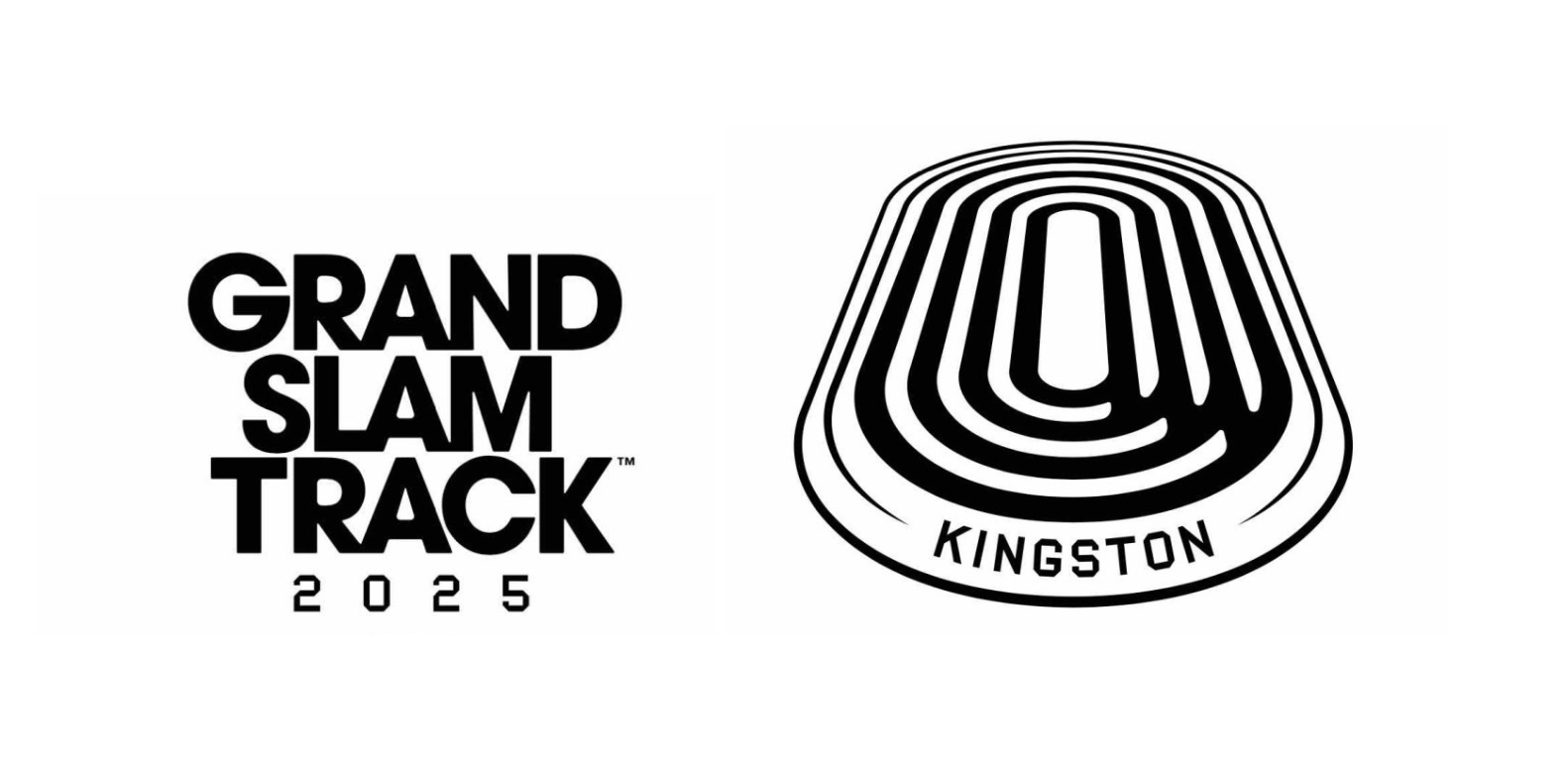
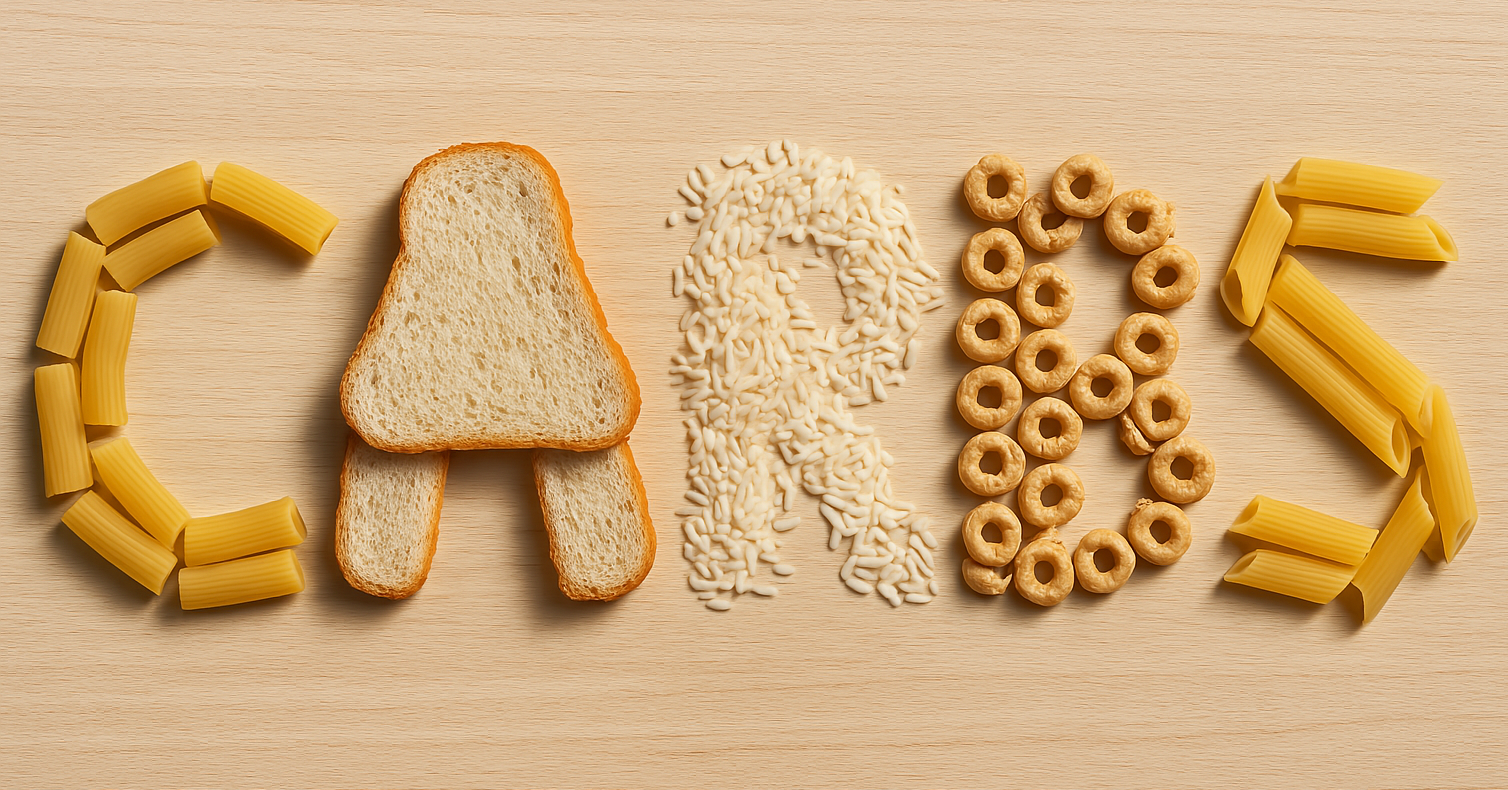
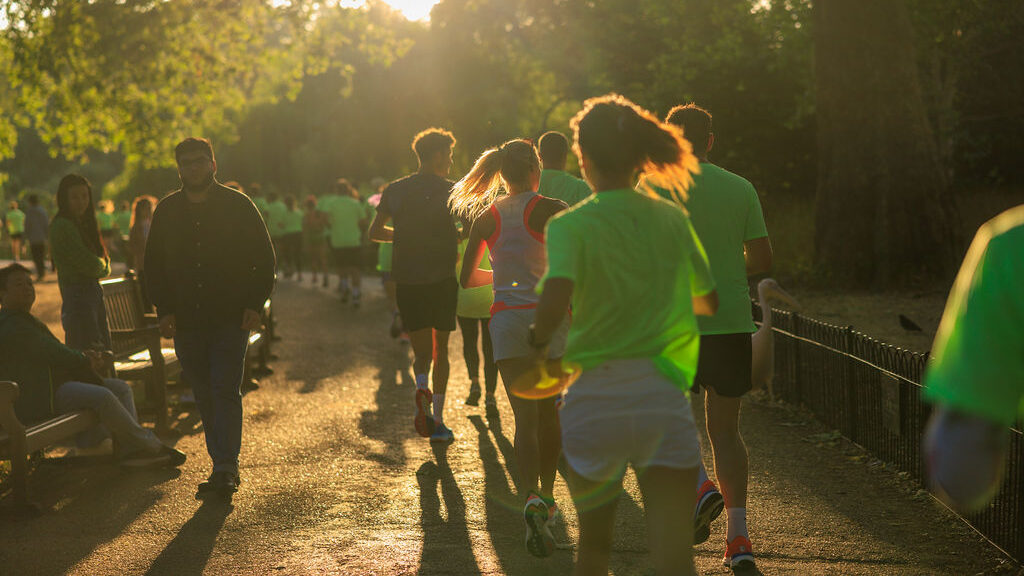




















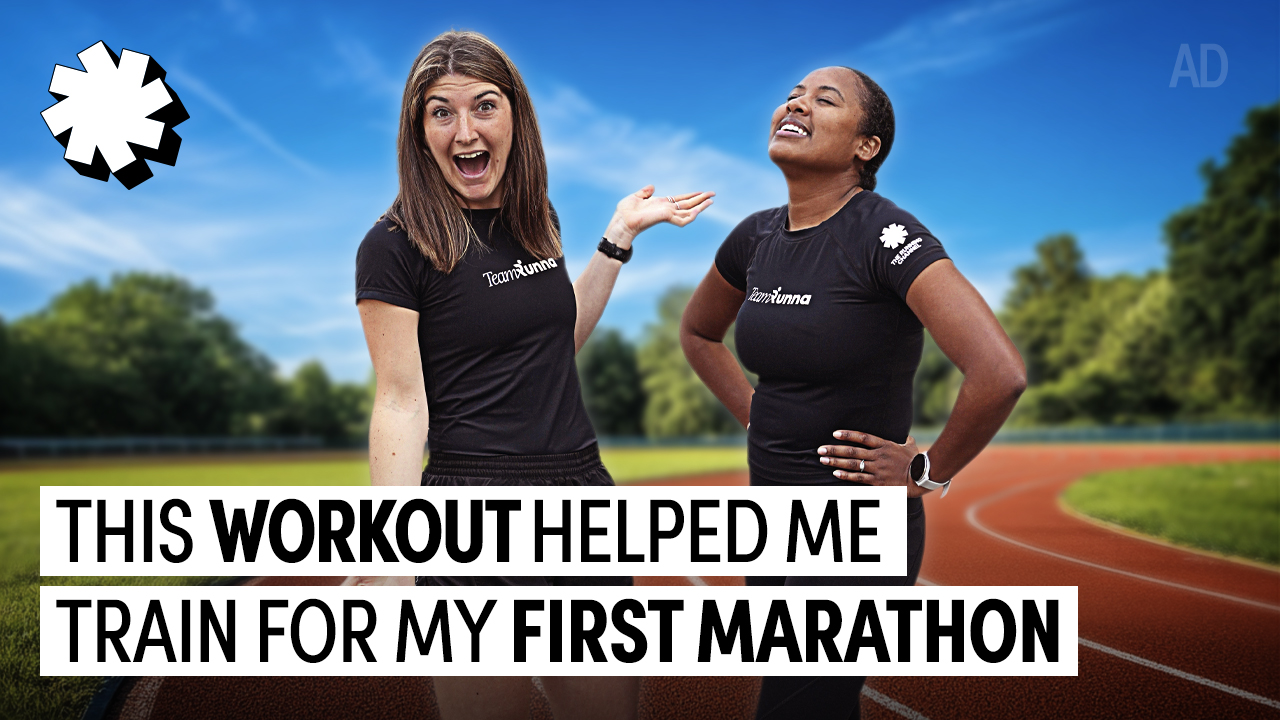

Running News
Ingebrigtsen Stars at World Athletics Indoor Championships 2025 – Plus All The Winners!
Sam Ruthe Is First 15-Year-Old To Run A Four-Minute Mile!
Eliud Kipchoge Will Run The 2025 Sydney Marathon!